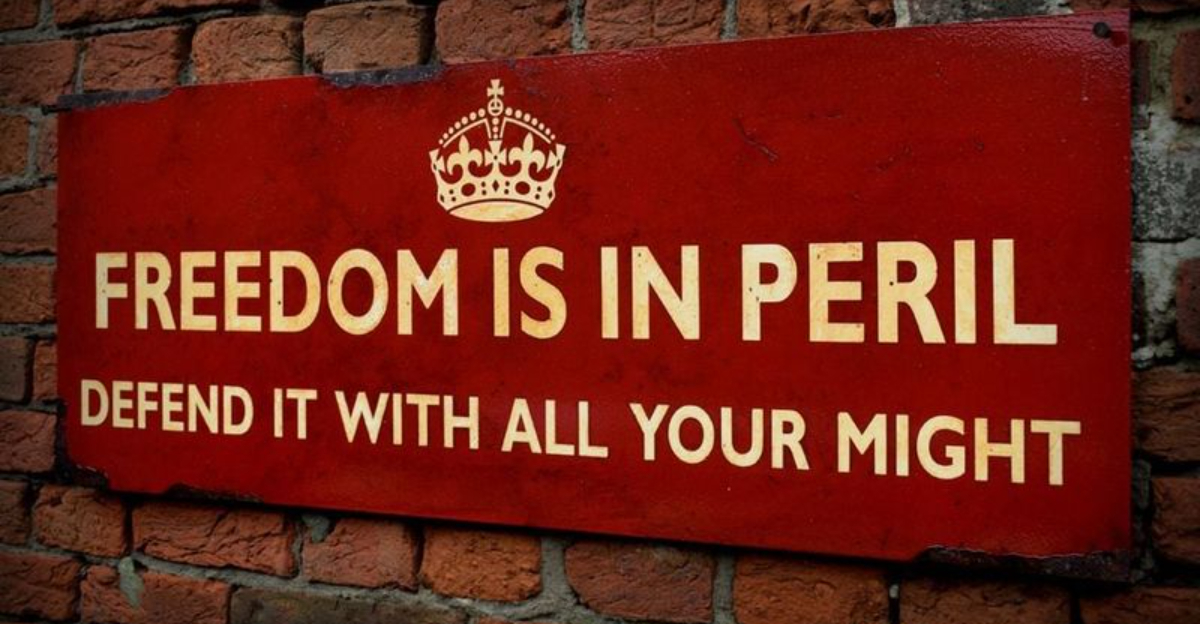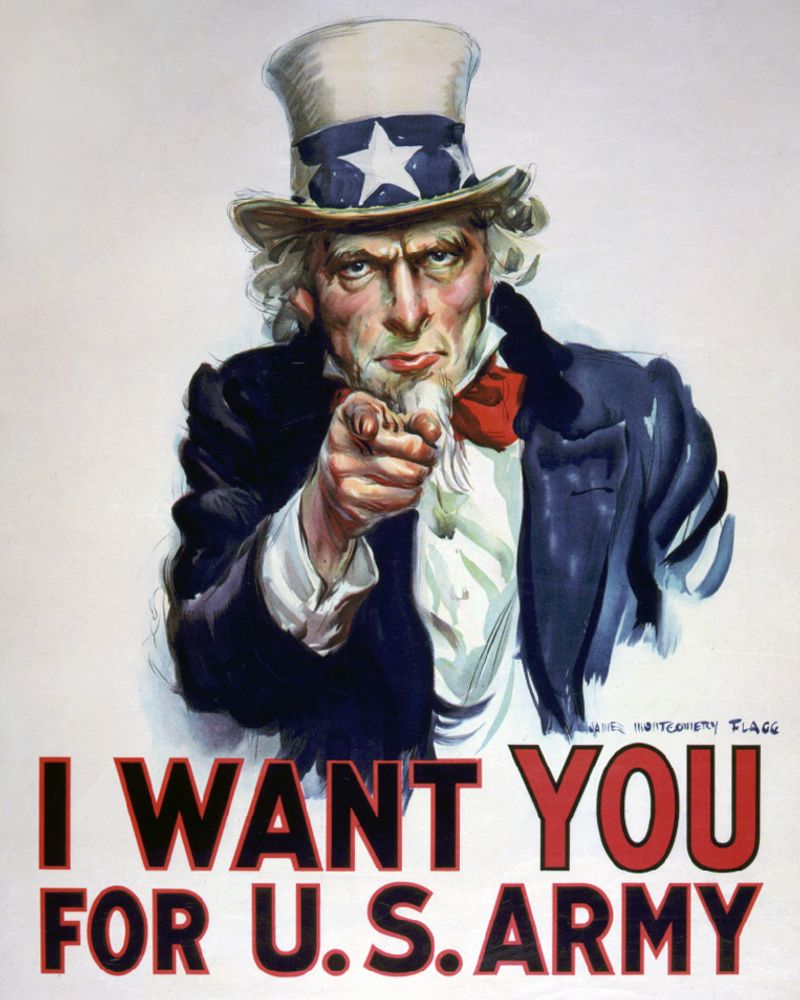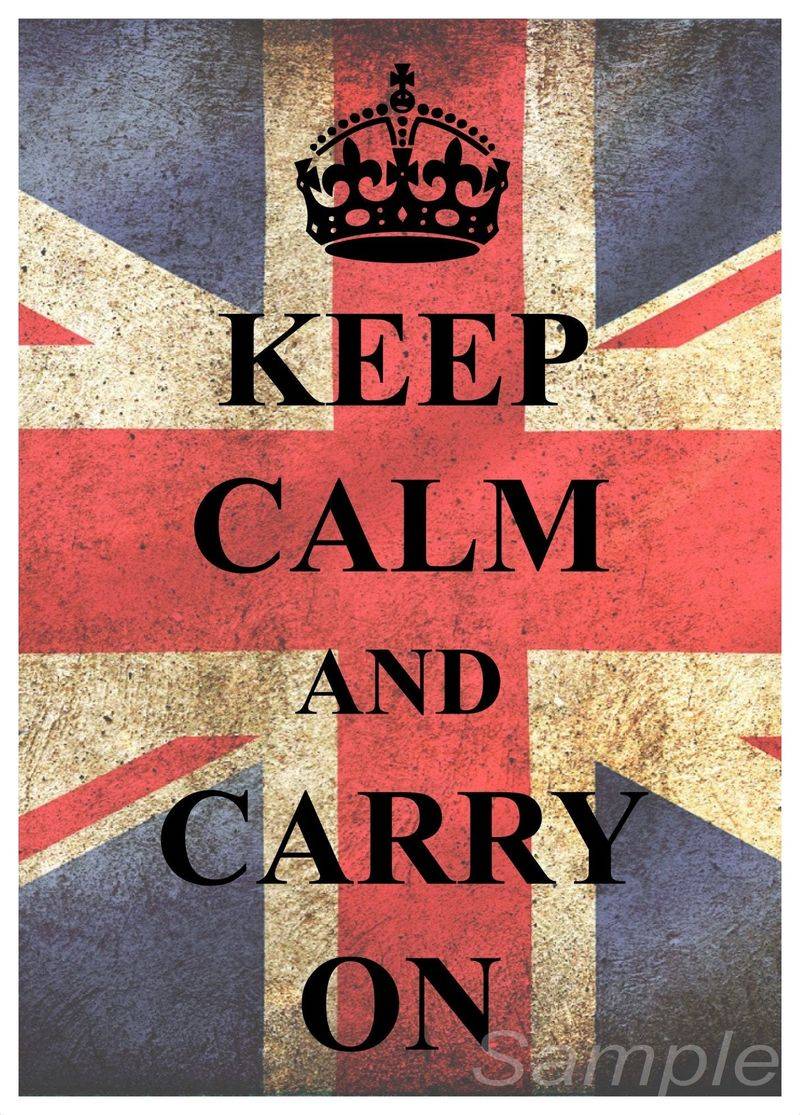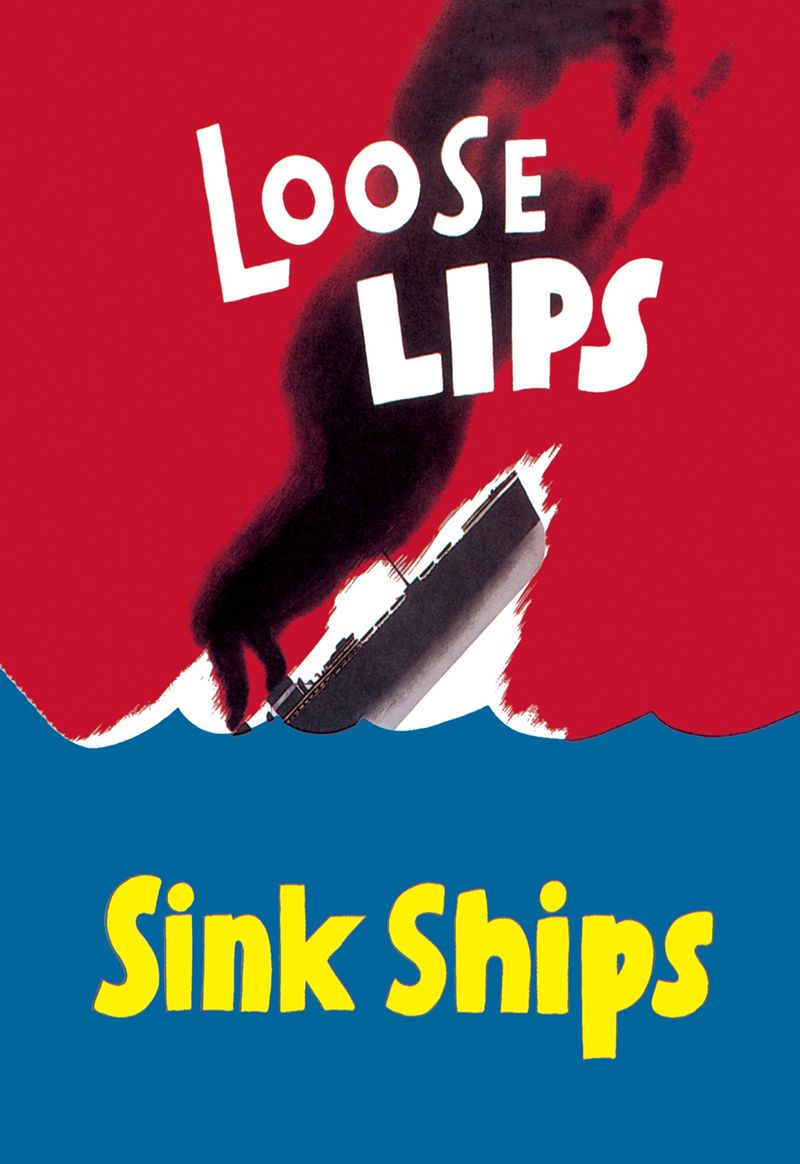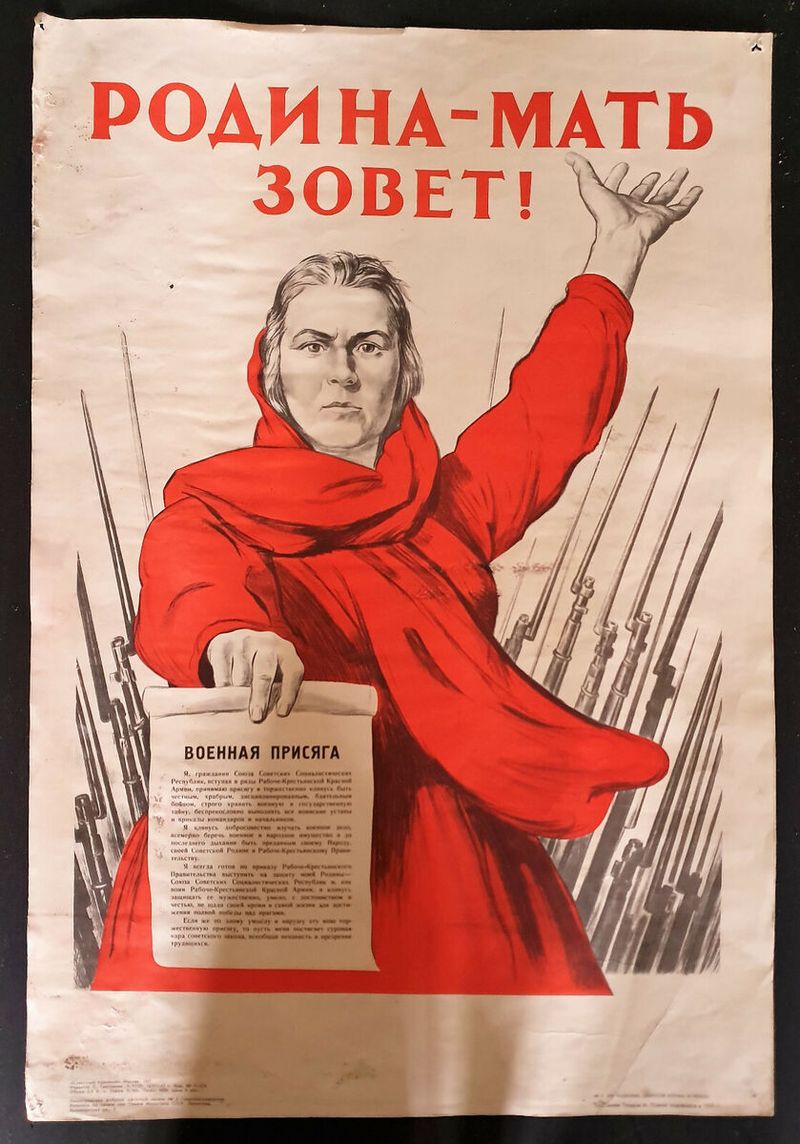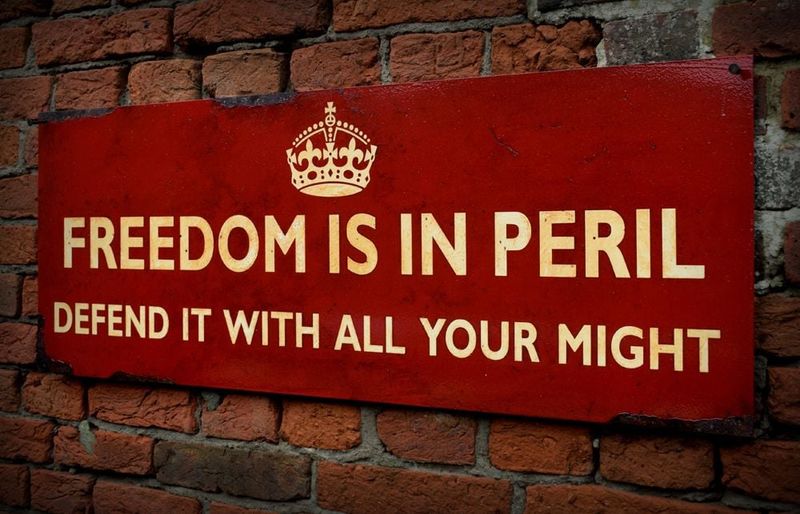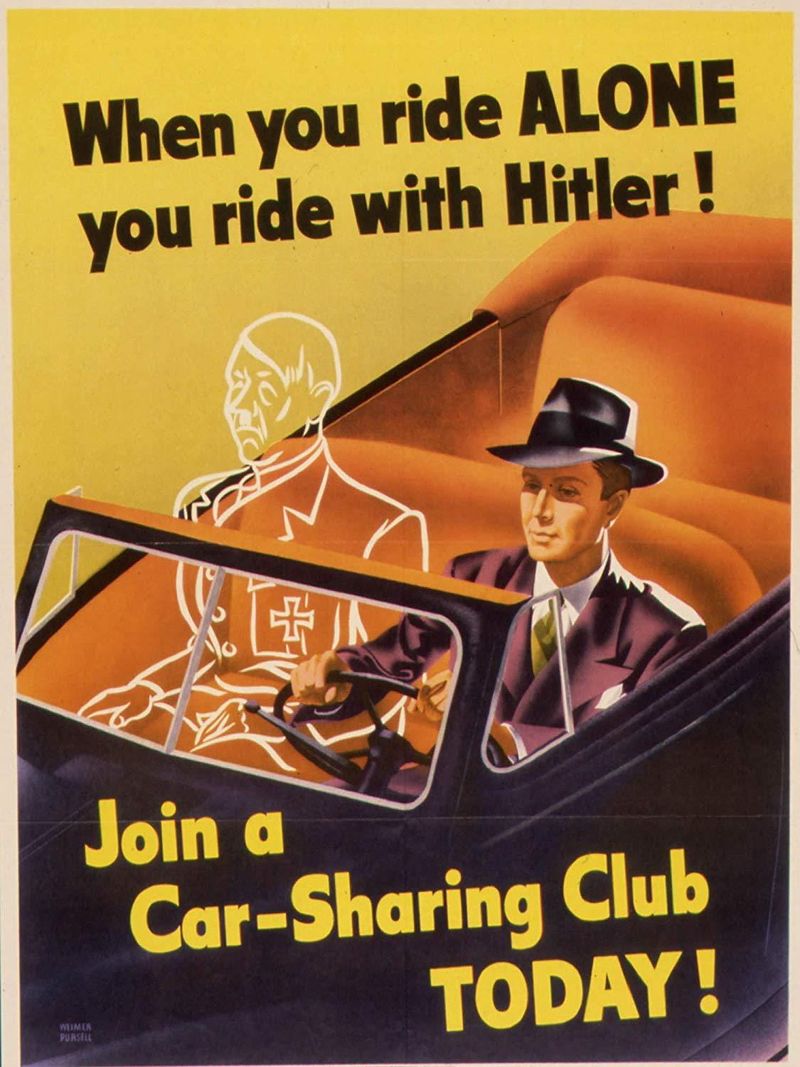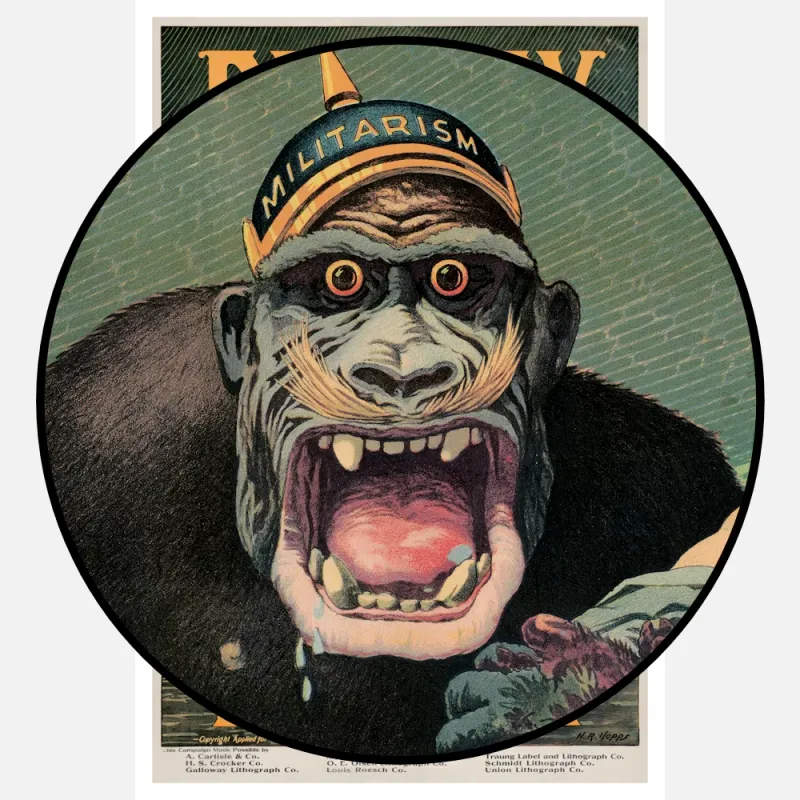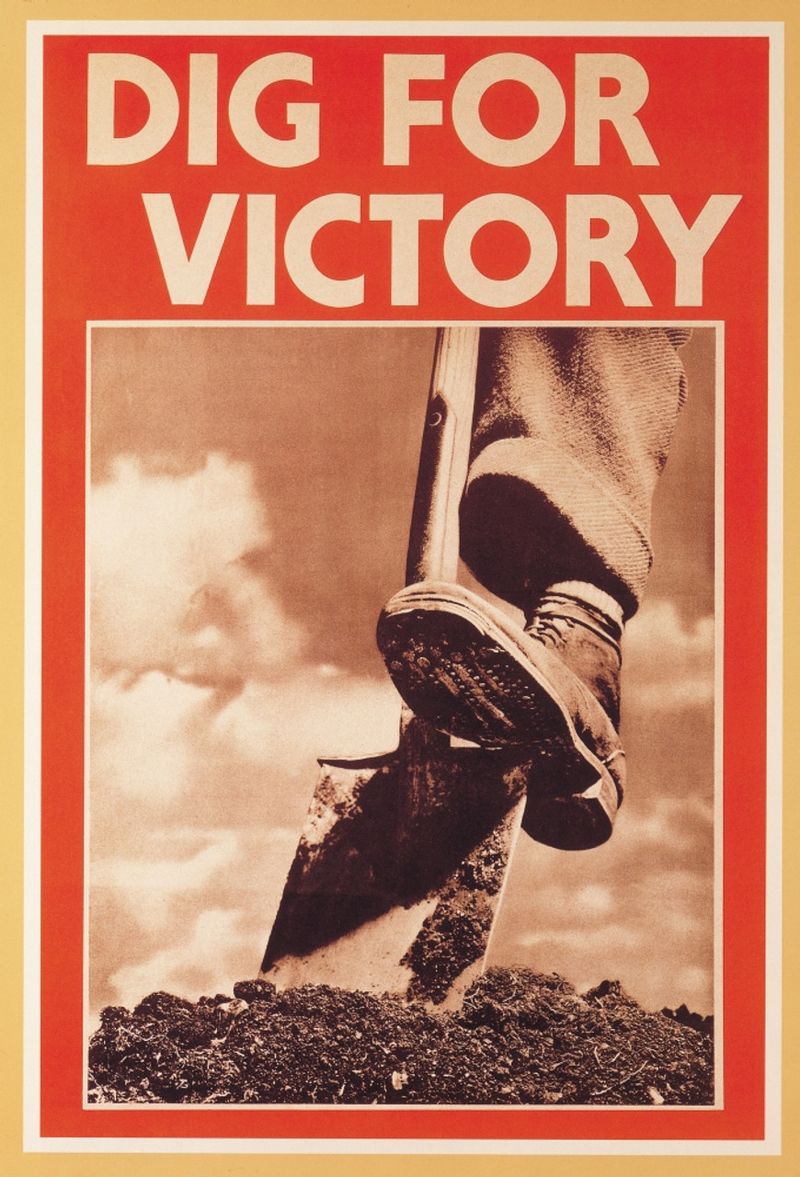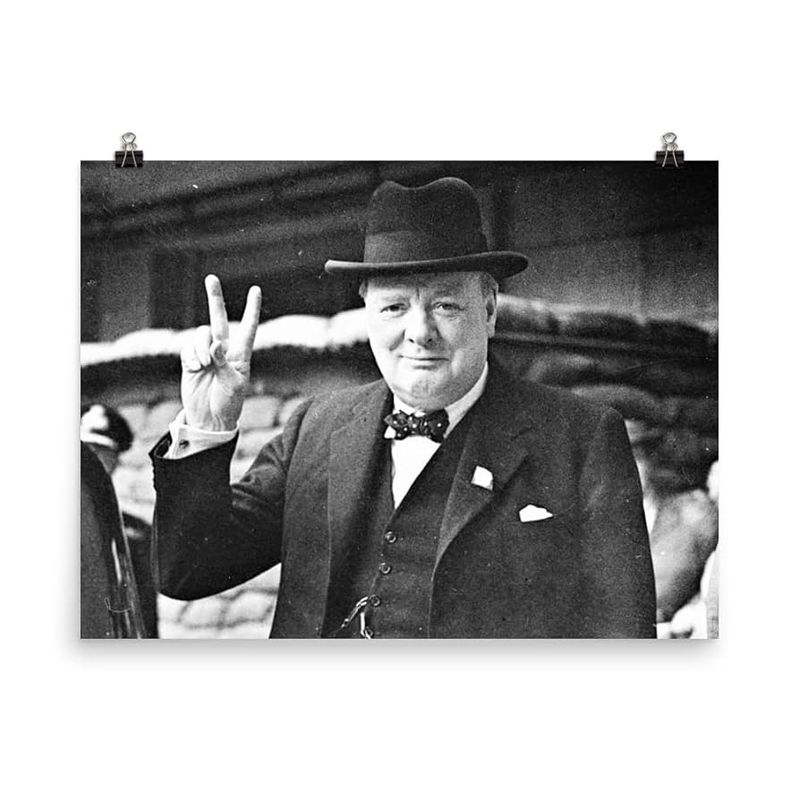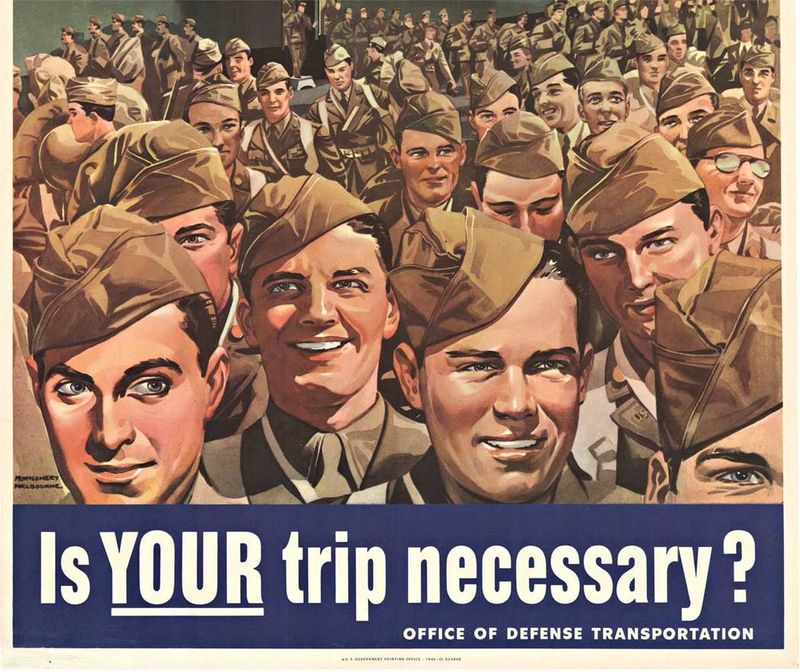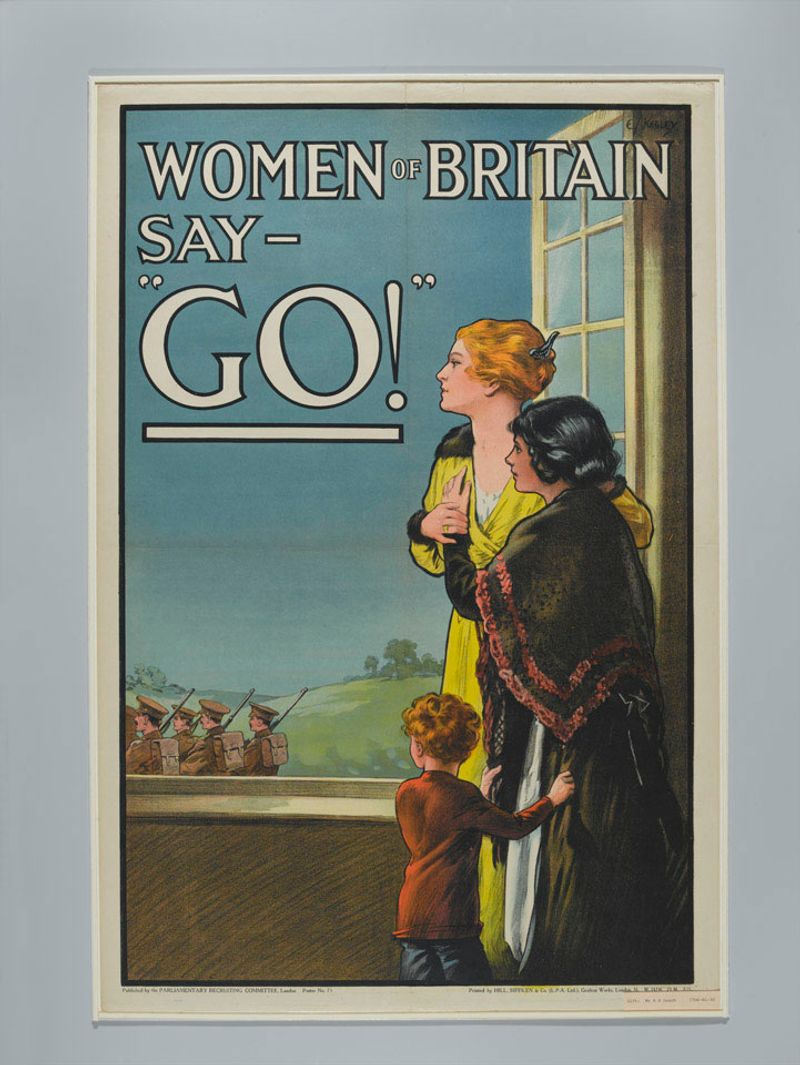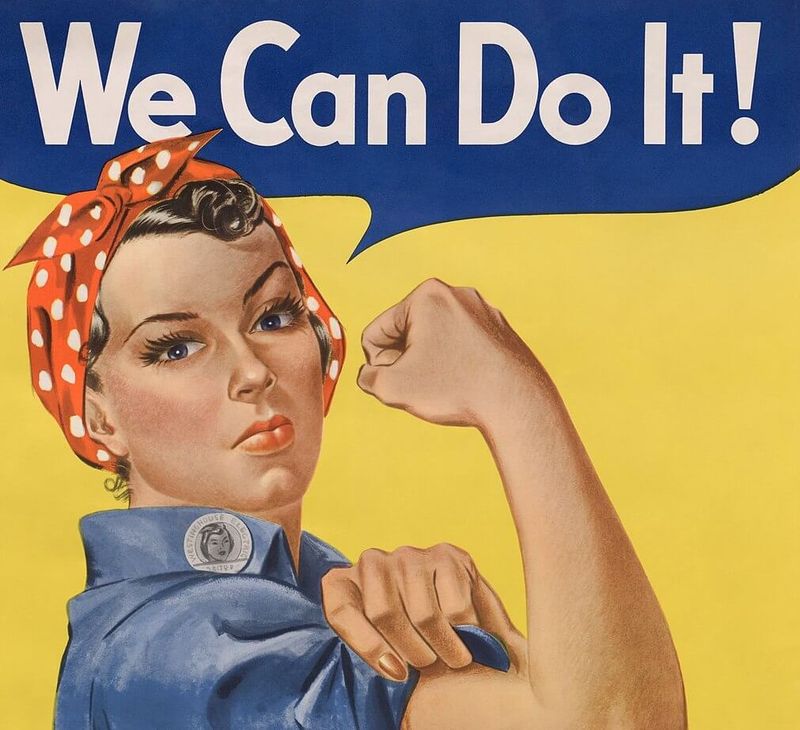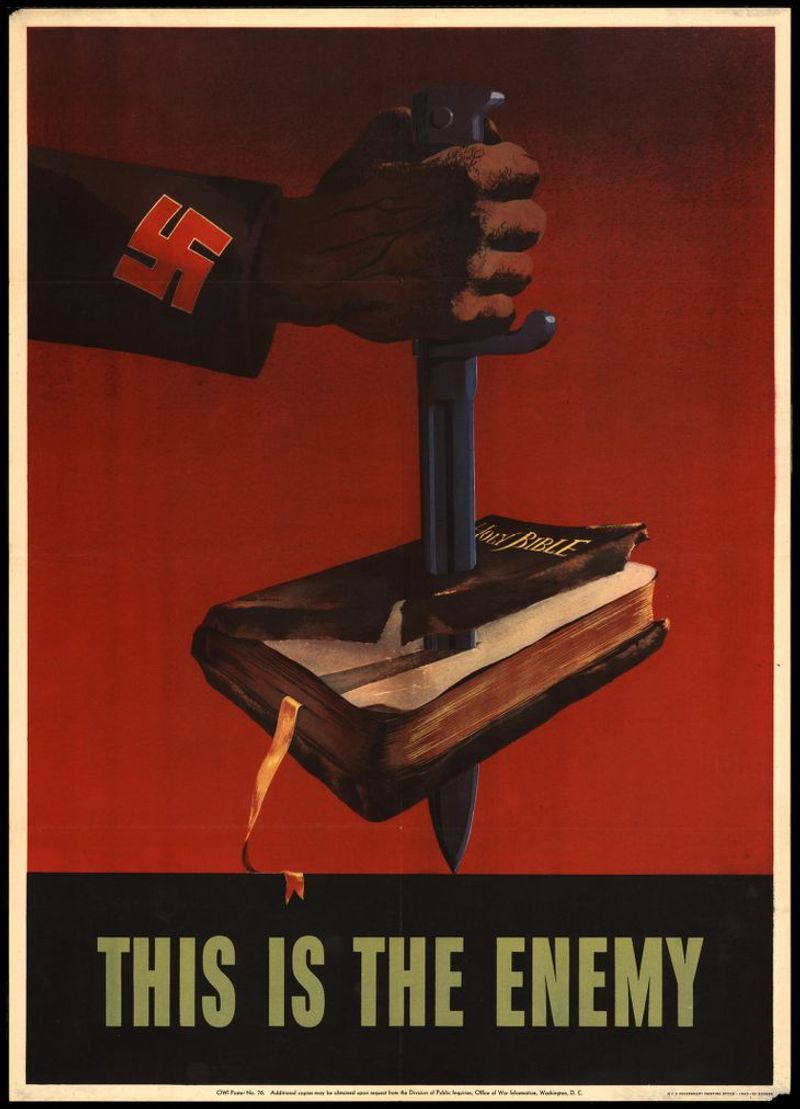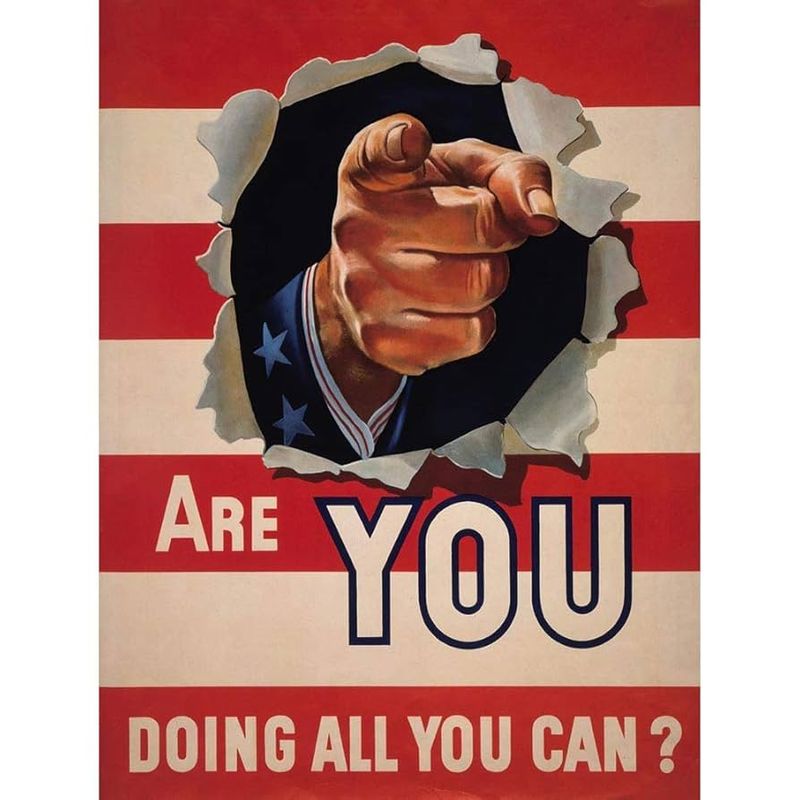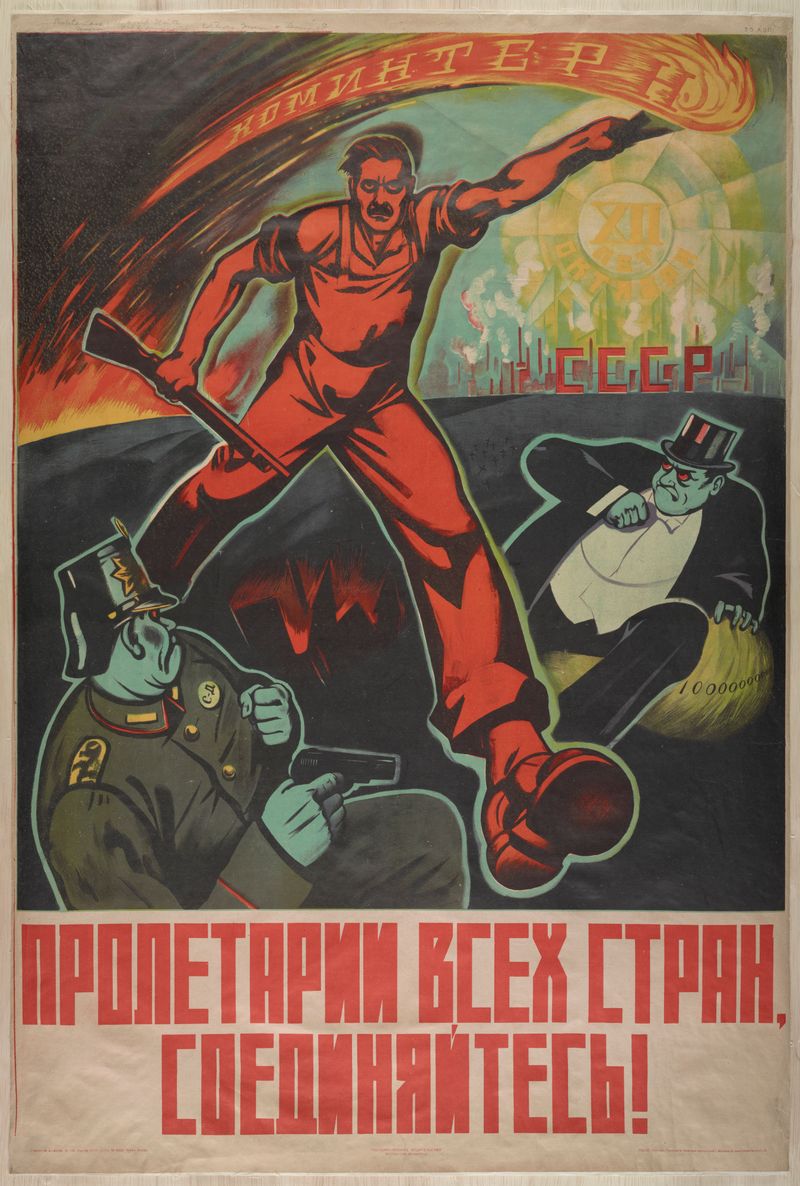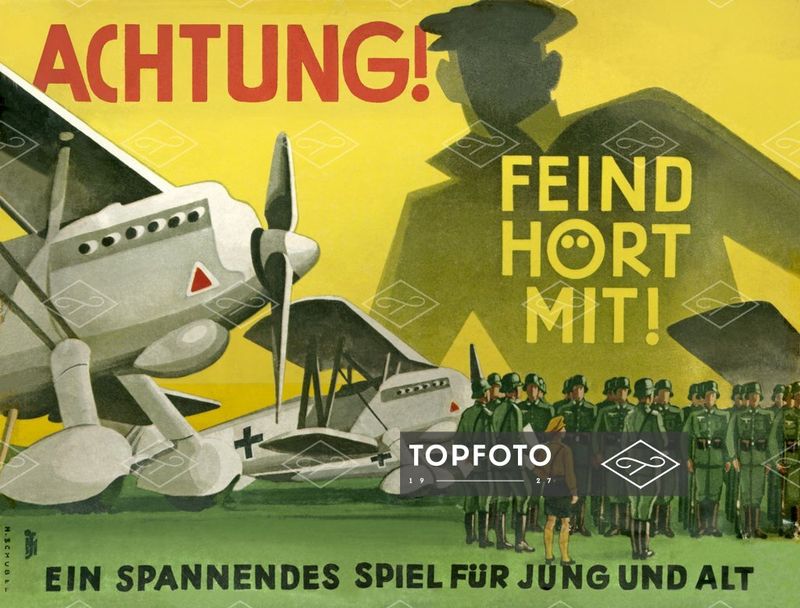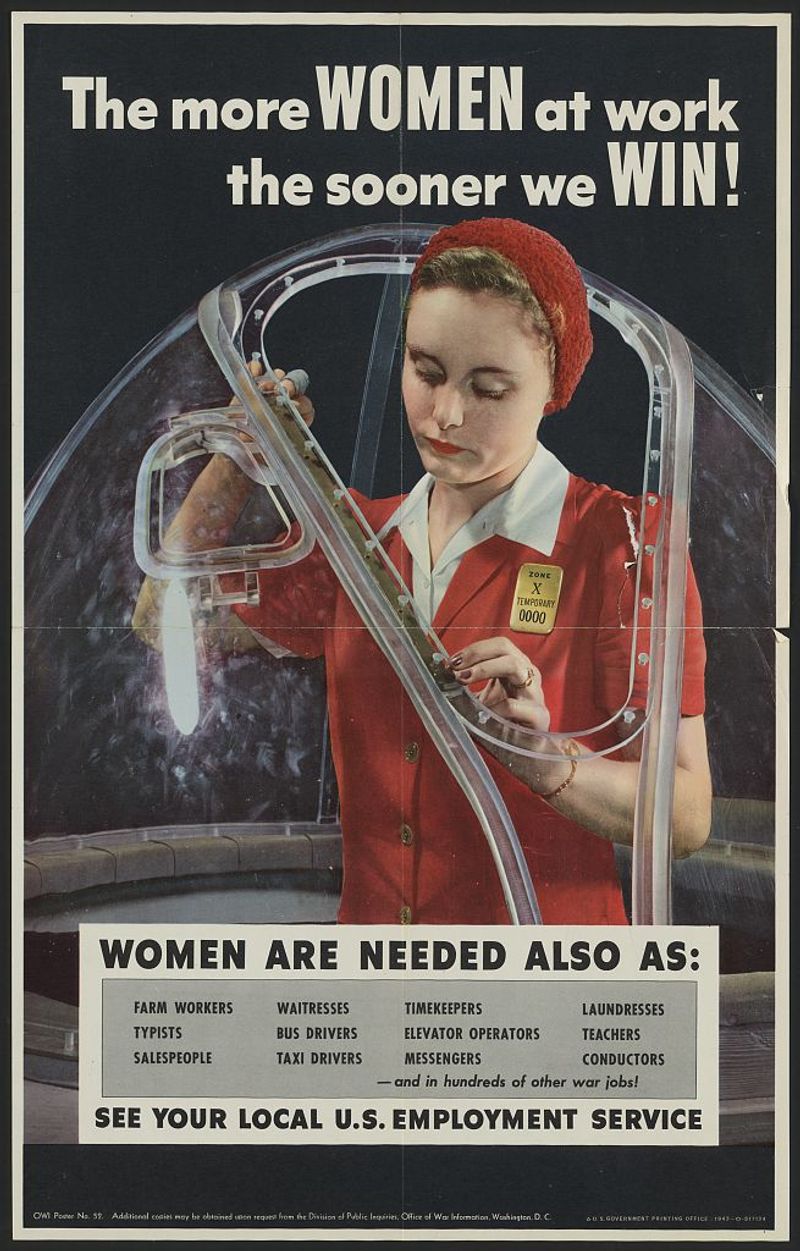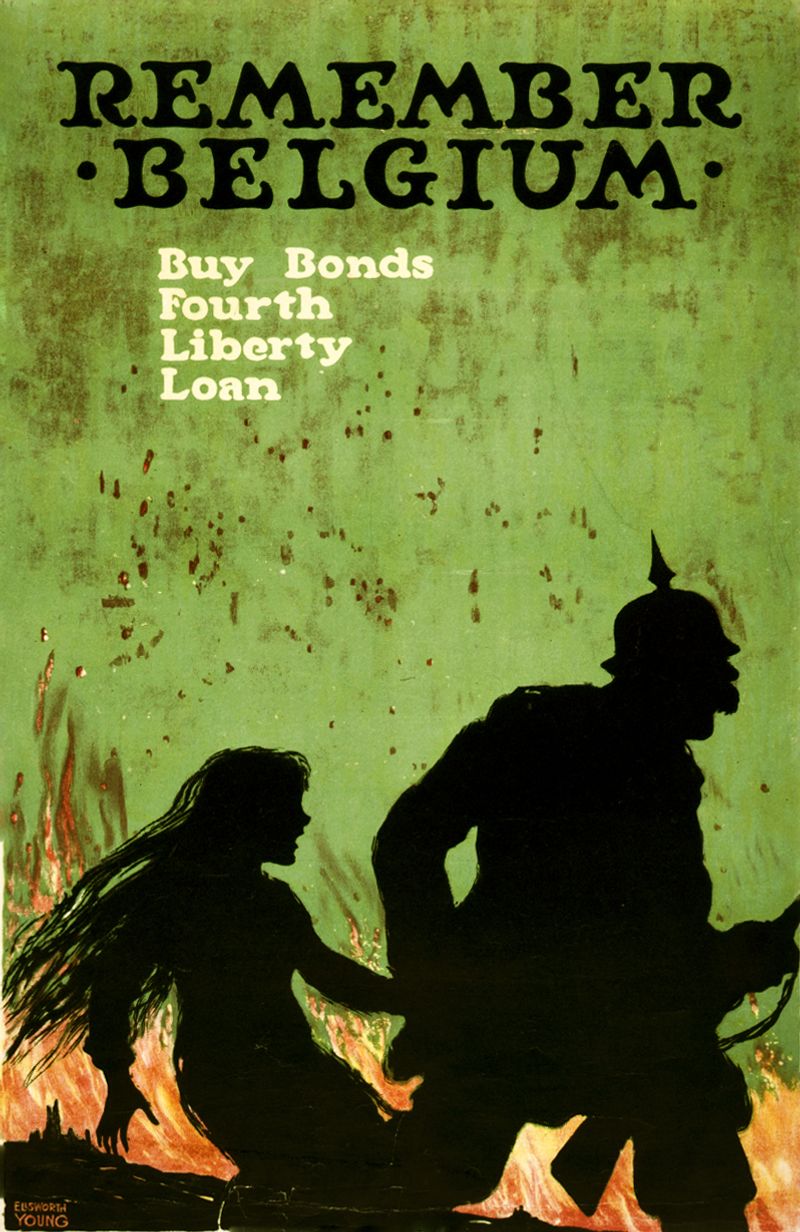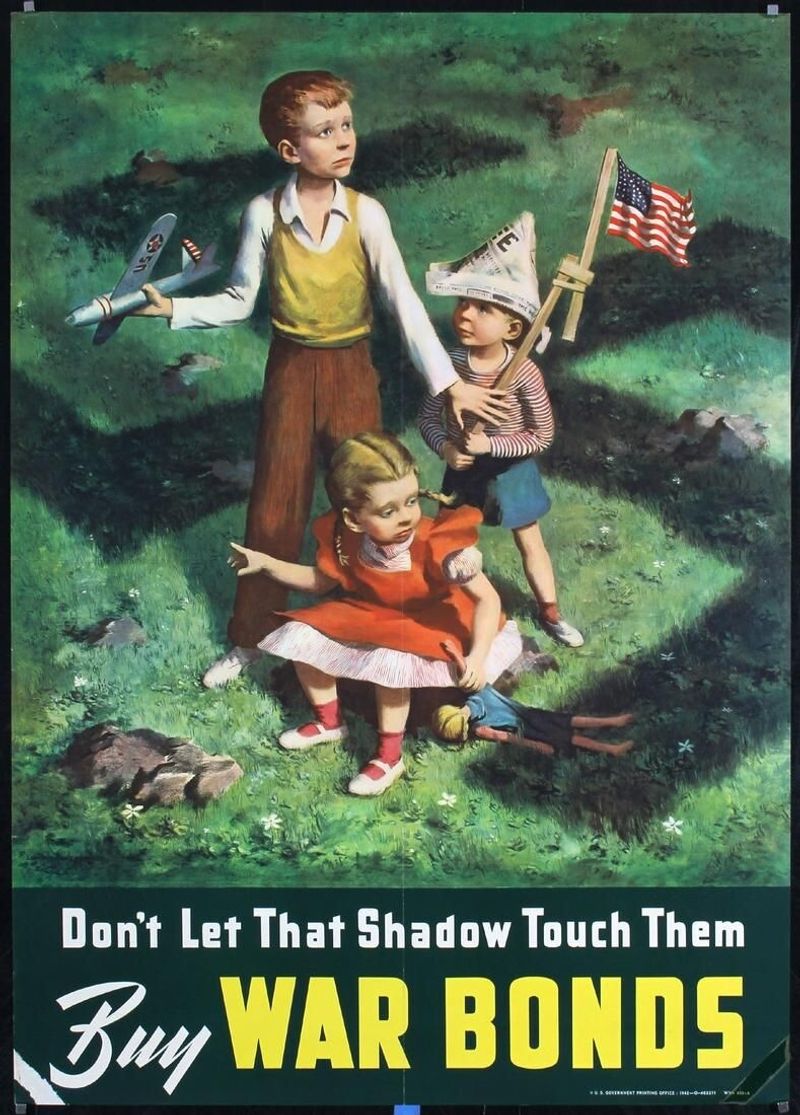Explore the fascinating world of historical propaganda posters that have played a crucial role in shaping public opinion and rallying support during pivotal moments in history.
These posters, known for their artistic flair and emotional appeal, succeeded in capturing attention and motivating action. From recruitment to resource conservation, each poster carries its unique story and impact.
Here, we delve into 20 iconic examples that proved to be remarkably effective in their time.
1. “I Want YOU for U.S. Army” – Uncle Sam (USA, WWI/WWII)
The iconic “I Want YOU” poster featuring Uncle Sam is perhaps the most recognized recruitment poster of all time. Its persuasive power stems from the intense gaze and direct point of Uncle Sam, making viewers feel personally called to serve. Originally created during World War I, it was later reused in World War II, solidifying its place in American culture. The poster’s simplicity and directness made it an enduring symbol of national duty.
2. “Keep Calm and Carry On” (UK, WWII)
Initially intended to boost British morale during World War II bombings, “Keep Calm and Carry On” was largely unnoticed during its time. Decades later, it emerged as a global slogan for resilience and calmness. Its minimalist design and reassuring message struck a chord, transcending its original context. Today, it remains a cultural icon, often adapted for various uses. The poster’s enduring appeal lies in its universal message of stoic perseverance.
3. “Loose Lips Sink Ships” (USA, WWII)
During World War II, “Loose Lips Sink Ships” became a chilling reminder of the importance of discretion. The phrase was part of a larger campaign to prevent inadvertent information leaks that could endanger military operations. Its clever use of rhyme and vivid imagery made it memorable and impactful. By turning casual conversation into a potential threat, the poster encouraged vigilance and responsibility among civilians. Its legacy endures as a testament to the power of words.
4. “Motherland Calls” (USSR, WWII)
The “Motherland Calls” poster is a striking example of Soviet propaganda, featuring a resolute woman urging citizens to join the defense of Russia during World War II. Her determined expression and commanding presence inspired countless individuals to take up arms. This poster symbolized patriotic duty and unity, embodying the spirit of resistance. Its powerful imagery and emotional appeal made it a significant tool in rallying support and boosting morale on the home front.
5. “He’s Watching You” (USA, WWII)
The eerie “He’s Watching You” poster played on the fear of being constantly observed. With eyes seemingly following viewers, it created a sense of paranoia and vigilance during World War II. This poster served as a constant reminder that everyone’s actions were noticed and scrutinized. Its surreal and unsettling imagery effectively conveyed the message of staying alert and cautious. The poster’s psychological impact highlighted the importance of secrecy and loyalty.
6. “Freedom Is in Peril, Defend It with All Your Might” (UK, WWII)
The British poster, “Freedom Is in Peril, Defend It with All Your Might,” aimed at preparing civilians for the harsh realities of World War II. Though less renowned than “Keep Calm,” it played a crucial role in fostering resilience and determination. Its straightforward message and strong typography conveyed urgency and resolve. This poster emphasized the collective effort needed to protect freedom, urging citizens to remain steadfast. Its legacy is a testament to the power of words in rallying support.
7. “When You Ride Alone, You Ride with Hitler!” (USA, WWII)
The provocative “When You Ride Alone, You Ride with Hitler!” poster used humor with a dark twist to encourage carpooling during World War II. By depicting Hitler as an unwanted passenger, it highlighted the importance of fuel conservation for the war effort. This clever approach made the serious topic of resource saving more approachable and memorable. The poster effectively communicated the idea that individual choices could support the broader national cause.
8. “Destroy This Mad Brute” (USA, WWI)
“Destroy This Mad Brute” is an emotionally charged poster from World War I, depicting Germany as a savage beast. Its shocking imagery aimed to galvanize American support against the perceived aggression. By dehumanizing the enemy, it sought to elicit outrage and a sense of urgency among viewers. The poster’s raw emotion and dramatic style were designed to provoke a strong reaction, rallying citizens to take action against the “brute.”
9. “Dig for Victory” (UK, WWII)
The “Dig for Victory” campaign turned gardening into an act of patriotism during World War II. Encouraging citizens to grow their own food helped alleviate shortages and boosted morale. The poster’s earthy imagery and practical message resonated with the public, transforming mundane activities into meaningful contributions to the war effort. By linking personal responsibility with national success, it fostered a sense of community and shared purpose. The campaign remains a celebrated example of resourcefulness.
10. “To Victory” – Winston Churchill Poster (UK, WWII)
Winston Churchill’s “To Victory” poster became an emblem of determination during World War II. His stern visage and iconic V for Victory hand gesture conveyed unwavering resolve and leadership. The poster’s bold design and Churchill’s charismatic presence inspired confidence and unity among the British public. As a symbol of resistance against adversity, it motivated citizens to persevere. Its impact was both immediate and lasting, making it a timeless representation of courage and resilience.
11. “Is Your Trip Necessary?” (USA, WWII)
The “Is Your Trip Necessary?” poster used guilt and introspection to reduce unnecessary travel during World War II. By questioning the necessity of each journey, it aimed to conserve resources essential for the war effort. This psychological nudge, combined with relatable imagery, made the message effective and personal. The poster encouraged individuals to consider the broader impact of their actions, promoting collective responsibility. Its subtle yet persuasive approach left a lasting impression on wartime behavior.
12. “Women of Britain Say: GO!” (UK, WWI)
The emotive “Women of Britain Say: GO!” poster leveraged familial bonds to encourage enlistment during World War I. By portraying women urging their loved ones to join the military, it tapped into emotional manipulation and societal expectations. The poster’s poignant imagery and heartfelt appeal resonated deeply, influencing men to heed the call. Its effectiveness lay in capturing both the personal and national stakes of the conflict. This powerful message highlighted the collective commitment required for victory.
13. “We Can Do It!” – Rosie the Riveter (USA, WWII)
The “We Can Do It!” poster, featuring Rosie the Riveter, became an enduring symbol of female empowerment during World War II. Its empowering message transcended its original context, inspiring women to join the workforce and support the war effort. Rosie’s confident pose and determined expression challenged traditional gender roles, encouraging self-reliance and resilience. This iconic image has since become a cultural touchstone, representing strength and capability. Its legacy continues to inspire movements for equality and empowerment.
14. “This Is the Enemy” (USA, WWII)
The “This Is the Enemy” poster used harsh and often racist imagery to dehumanize adversaries during World War II. Designed to evoke fear and anger, it effectively rallied support against perceived threats. While controversial today, the poster’s stark imagery tapped into wartime emotions, highlighting the perceived danger posed by the enemy. Its impact on public sentiment was significant, albeit divisive. This poster exemplifies how propaganda can shape perceptions and mobilize action through powerful, albeit contentious, visuals.
15. “Are YOU Doing All You Can?” (USA, WWII)
The “Are YOU Doing All You Can?” poster used guilt and peer pressure to motivate wartime production. By questioning personal contributions, it encouraged citizens to reflect on their involvement in support roles. The poster’s direct approach and relatable imagery made it an effective tool for boosting productivity and morale. It emphasized the importance of collective effort in achieving victory, fostering a sense of duty and responsibility. Its message resonated deeply, driving increased participation in war efforts.
16. “Workers of the World, Unite!” (USSR, Early 20th Century)
The “Workers of the World, Unite!” slogan became a rallying cry for global communism, epitomizing the unity of laborers against oppression. Its bold red and black design, coupled with industrial symbolism, conveyed strength and solidarity. This powerful message inspired revolutionary movements worldwide, advocating for workers’ rights and social change. The poster’s enduring appeal lies in its call for collective action and empowerment. Its impact on political discourse and social movements remains a testament to the power of visual propaganda.
17. “Achtung! Feind hört mit!” (Germany, WWII)
The German poster, “Achtung! Feind hört mit!” (“Warning! The enemy is listening.”), mirrored the Allied “Loose Lips Sink Ships” campaign. Emphasizing the threat of espionage, it instilled paranoia and caution among civilians. Its stark design and ominous message conveyed the importance of secrecy, urging vigilance in everyday conversations. The poster’s psychological impact was immediate, fostering an atmosphere of wariness. By highlighting the potential consequences of loose talk, it played a crucial role in maintaining security.
18. “The More Women at Work, the Sooner We Win!” (USA, WWII)
During World War II, “The More Women at Work, the Sooner We Win!” poster emphasized the critical role of women in the workforce. By linking their labor to military success, it encouraged female participation in industries vital to the war effort. The poster’s optimistic tone and empowering imagery challenged traditional gender norms, highlighting women’s capabilities. This campaign contributed significantly to changing societal attitudes, paving the way for future advancements in gender equality. Its legacy endures as a symbol of progress and empowerment.
19. “Remember Belgium” (UK, WWI)
The “Remember Belgium” poster capitalized on reports of German atrocities to galvanize support during World War I. By evoking sympathy and outrage, it aimed to inspire enlistment and donations. Its dramatic imagery and emotional appeal highlighted the stakes of the conflict, emphasizing the need for action. The poster’s impact was profound, as it successfully stirred public sentiment and mobilized resources. It remains a powerful example of how emotion-driven propaganda can influence public opinion and drive engagement.
20. “Don’t Let That Shadow Touch Them” (USA, WWII)
The haunting “Don’t Let That Shadow Touch Them” poster used fear and emotional appeal to drive action during World War II. By depicting a swastika shadow threatening innocent children, it urged viewers to protect their loved ones by supporting the war effort. This powerful imagery and message created a sense of urgency, compelling individuals to contribute to the fight against tyranny. The poster’s chilling effect underscored the stakes of the conflict, leaving a lasting impression on public consciousness.
